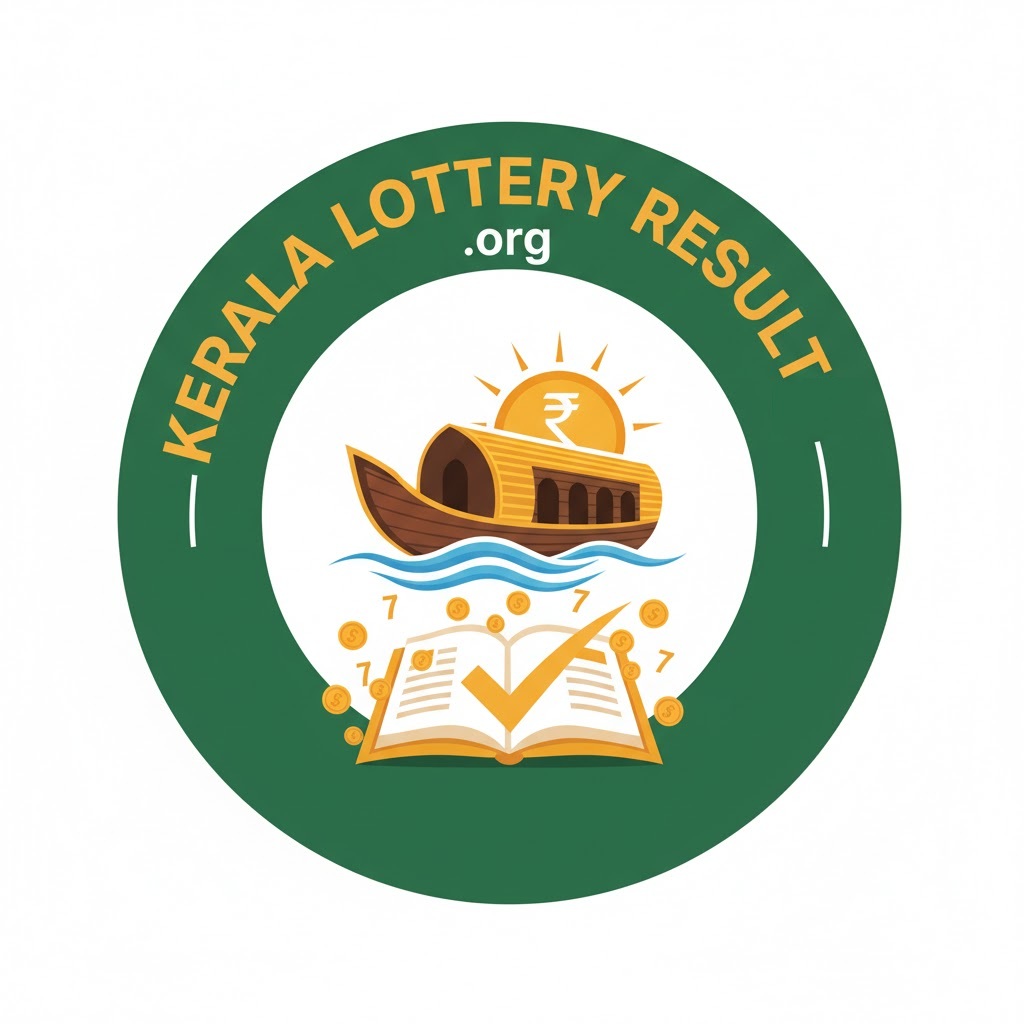Mastering Publication-Ready Tables in R
Mastering Publication-Ready Tables in R, Creating publication-ready tables is a crucial aspect of presenting research results and summaries with clarity and professionalism.
R offers an array of powerful packages to facilitate this process, notably gt and kableExtra.
Each has unique strengths: gt provides a modern, intuitive “grammar of tables” for constructing visually appealing HTML tables, while kableExtra extends the simple yet versatile knitr::kable() function, offering extensive customization options suitable for LaTeX, PDF, and Word documents.
This article explores practical strategies for leveraging both packages to produce high-quality, publication-ready tables.
Analyzing a Sample Dataset
For illustration, we’ll utilize the classic mtcars dataset, focusing on a manageable subset to maintain clarity:
library(dplyr)
data <- mtcars %>%
head(6) %>%
select(mpg, cyl, hp, wt)Building Elegant Tables with gt
gt excels at creating attractive, publication-quality HTML tables through a layered, “grammar of tables” approach.
It allows step-by-step customization, making it easy to produce polished outputs.
Formatting Numerical Data
Clear presentation of numerical values is vital. The fmt_number() function enables precise control over decimal places and thousand separators:
library(gt)
data %>%
gt() %>%
tab_header(
title = "Car Performance Summary",
subtitle = "First 6 rows of mtcars"
) %>%
fmt_number(
columns = c(mpg, hp, wt),
decimals = 1
)Styling Column Headers
Enhance readability and visual appeal by customizing header styles with tab_style(). For example, making headers bold with a background color:
library(gt)
data %>%
gt() %>%
tab_header(title = "Performance Data") %>%
tab_style(
style = list(
cell_text(weight = "bold", color = "white"),
cell_fill(color = "steelblue")
),
locations = cells_column_labels(everything())
)Applying Conditional Formatting
Highlight key data points by applying color gradients that reflect the underlying values, which makes spotting high and low metrics intuitive:
library(gt)
library(scales)
data %>%
gt() %>%
data_color(
columns = mpg,
fn = col_numeric(
palette = c("lightyellow", "darkgreen"),
domain = NULL
)
)Creating Advanced Tables with kableExtra
kableExtra extends the basic kable() function, offering extensive customization options—ideal for LaTeX/PDF outputs or refined HTML tables.
Enhancing Table Style
Applying striped rows, booktabs, and alignment improves visual clarity with minimal effort:
library(knitr)
library(kableExtra)
kable(data, caption = "Car Performance (Striped)") %>%
kable_styling(full_width = FALSE, position = "center",
latex_options = c("striped", "hold_position"))Emphasizing Rows
Draw attention to specific rows via row_spec(), which can bold, italicize, or change background colors:
kable(data, caption = "Car Performance (Highlighted Row)") %>%
kable_styling(full_width = FALSE, position = "center") %>%
row_spec(1, bold = TRUE, color = "white", background = "steelblue") %>%
row_spec(4, italic = TRUE, background = "lightgray")Customizing Columns
Resize columns, change text styling, or set background colors with column_spec() to emphasize particular variables:
kable(data, caption = "Car Performance (Custom Columns)") %>%
kable_styling(full_width = FALSE, position = "center") %>%
column_spec(1, bold = TRUE, width = "3cm") %>%
column_spec(4, background = "lightyellow", width = "5cm")Adding Footnotes
Include explanatory notes at the bottom of your tables with footnote(), enhancing transparency:
kable(data, caption = "Car Performance (With Footnote)") %>%
kable_styling(full_width = FALSE, position = "center") %>%
footnote(general = "Note: First 6 rows of the mtcars dataset.")Best Practices for Publication-Quality Tables
When designing tables for reports, articles, or presentations, keep these guidelines in mind:
- Consistent Number Formatting: Use uniform decimal places and units to facilitate comparison.
- Strategic Highlighting: Use conditional formatting or emphasis sparingly to avoid clutter.
- Ensure Readability: Test table appearance across formats (HTML, PDF, Word) to confirm clarity.
- Clear Documentation: Incorporate captions, labels, and footnotes to provide necessary context and data sources.
Conclusion
Both gt and kableExtra are invaluable tools for creating high-caliber tables in R.
gt shines in producing clean, visually appealing HTML tables with an intuitive syntax, whereas kableExtra offers extensive customization options tailored for LaTeX, PDF, and Word outputs.
Mastering both will empower you to craft publication-ready tables that effectively communicate your research findings across diverse formats.
Streamline Your Reporting with R Markdown




